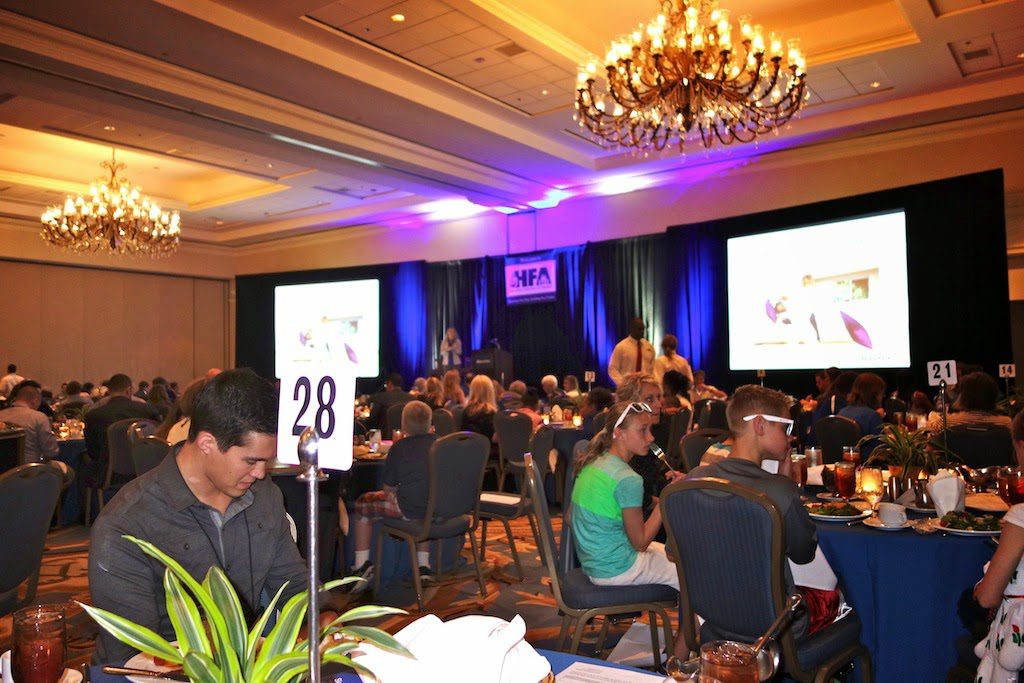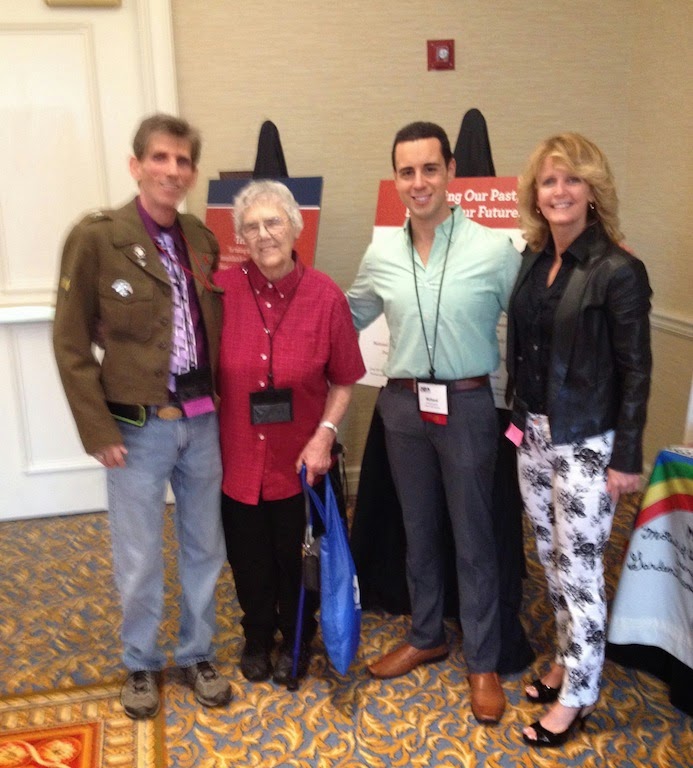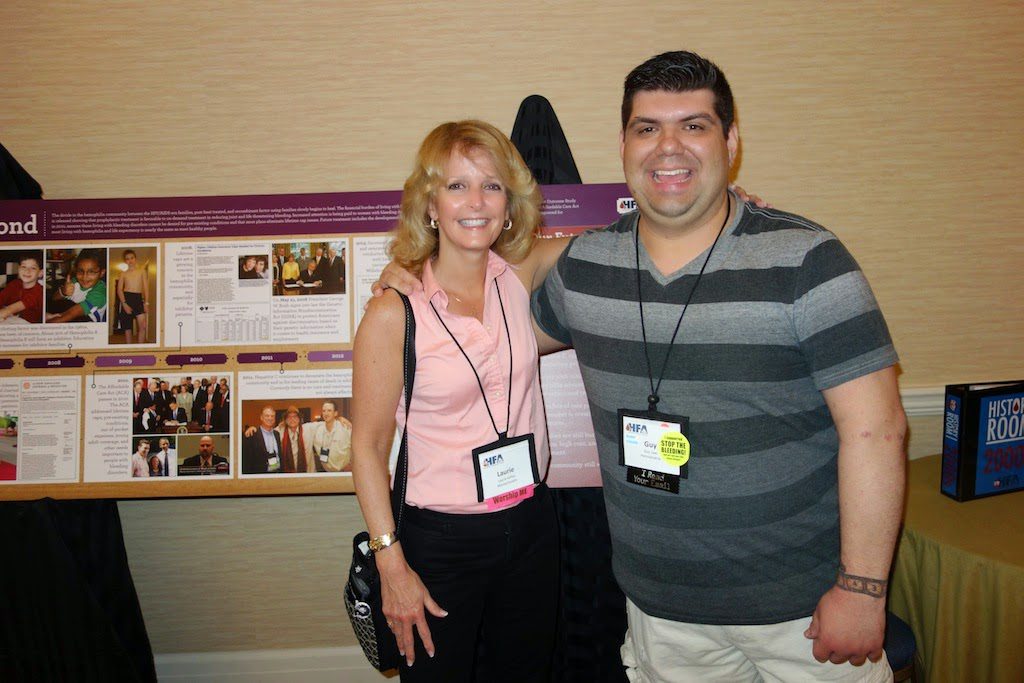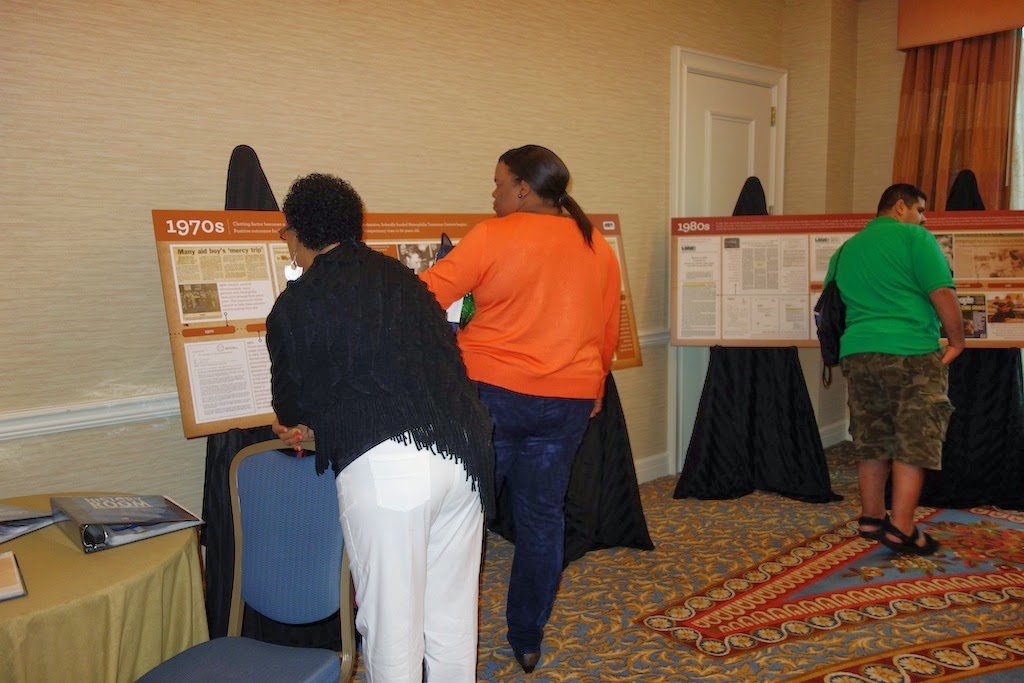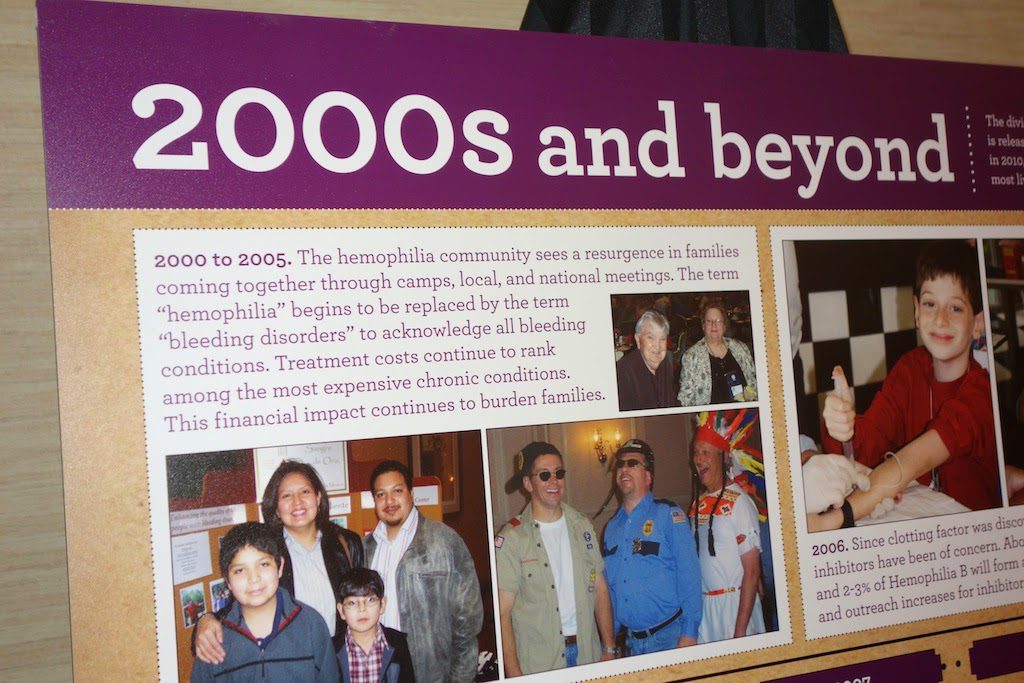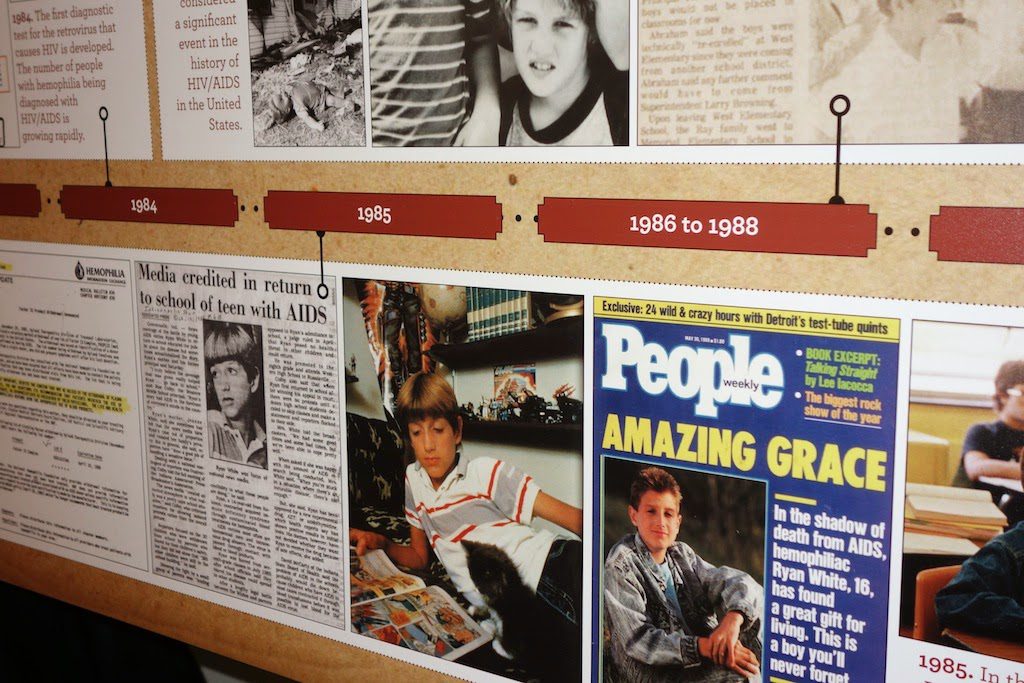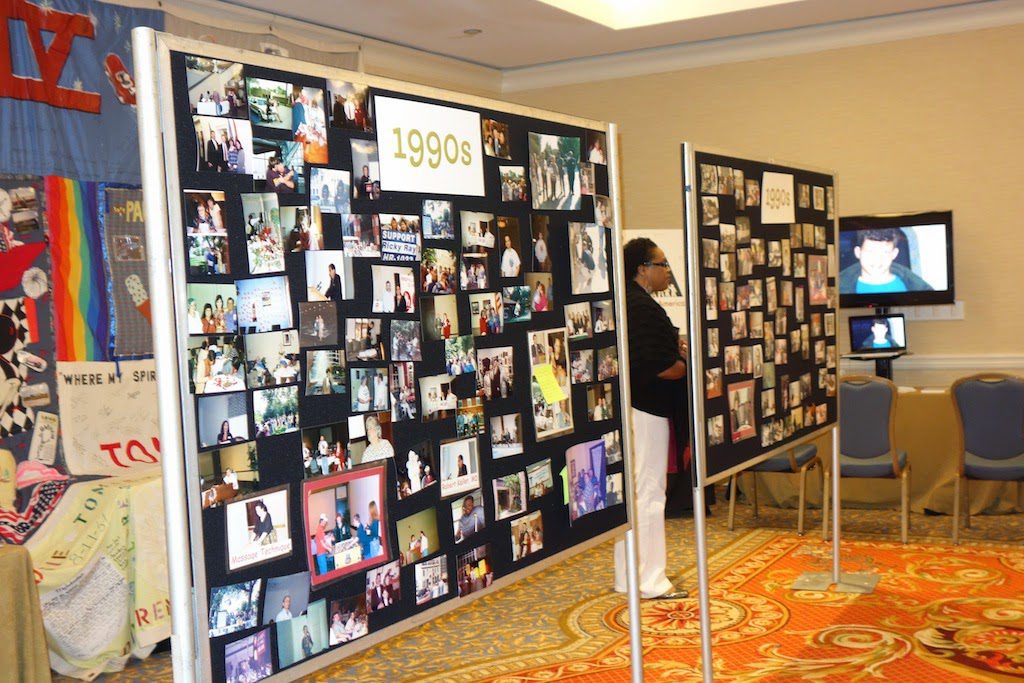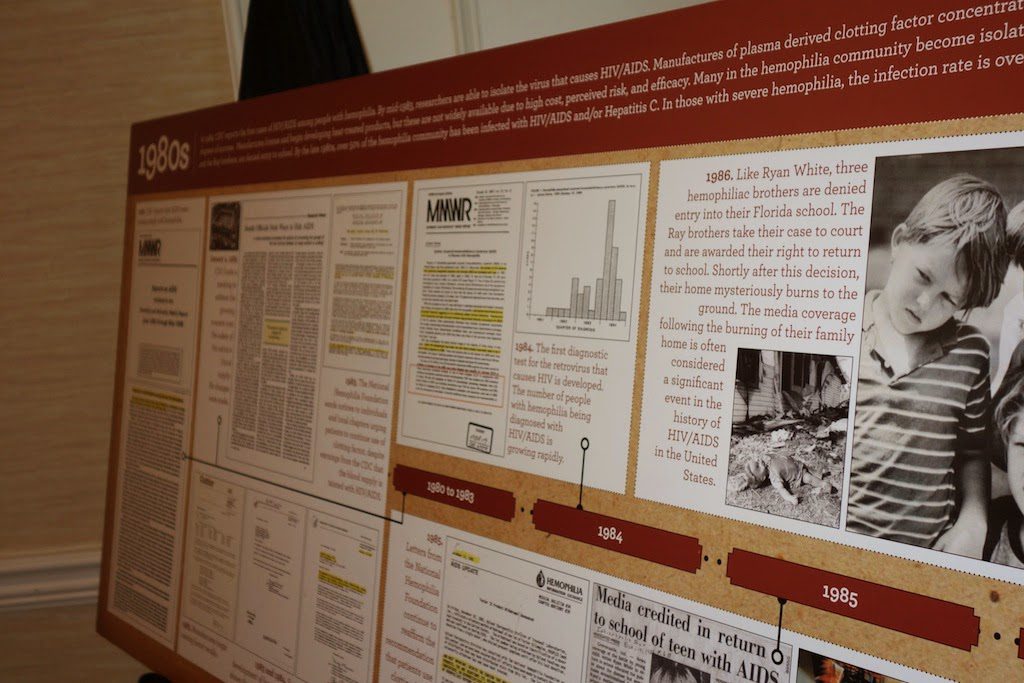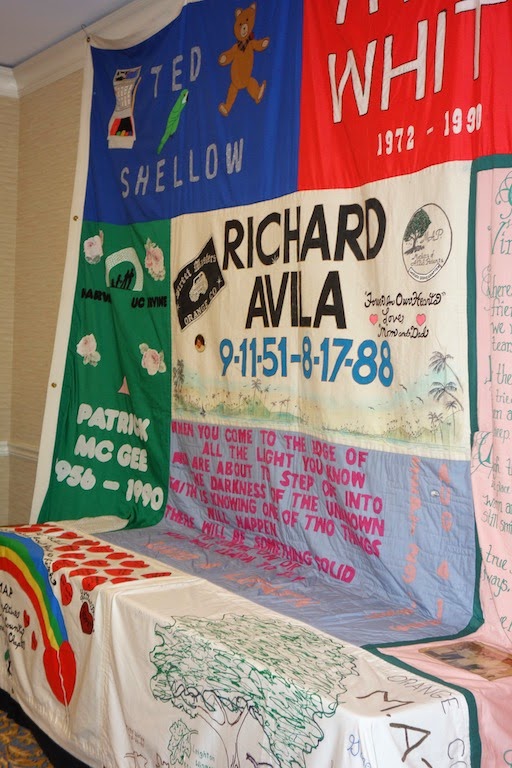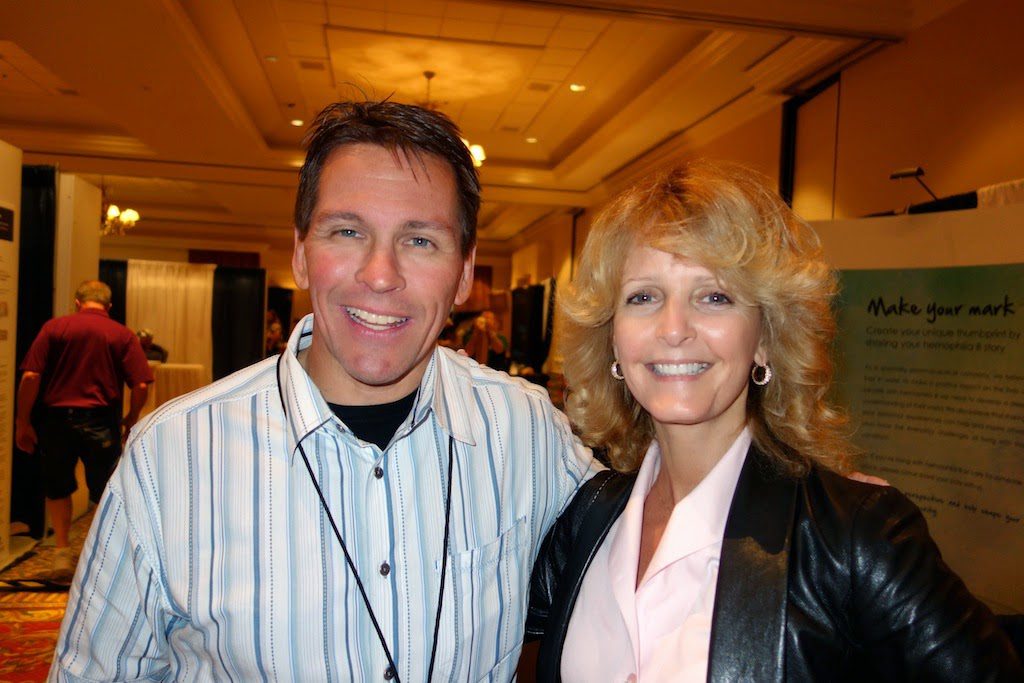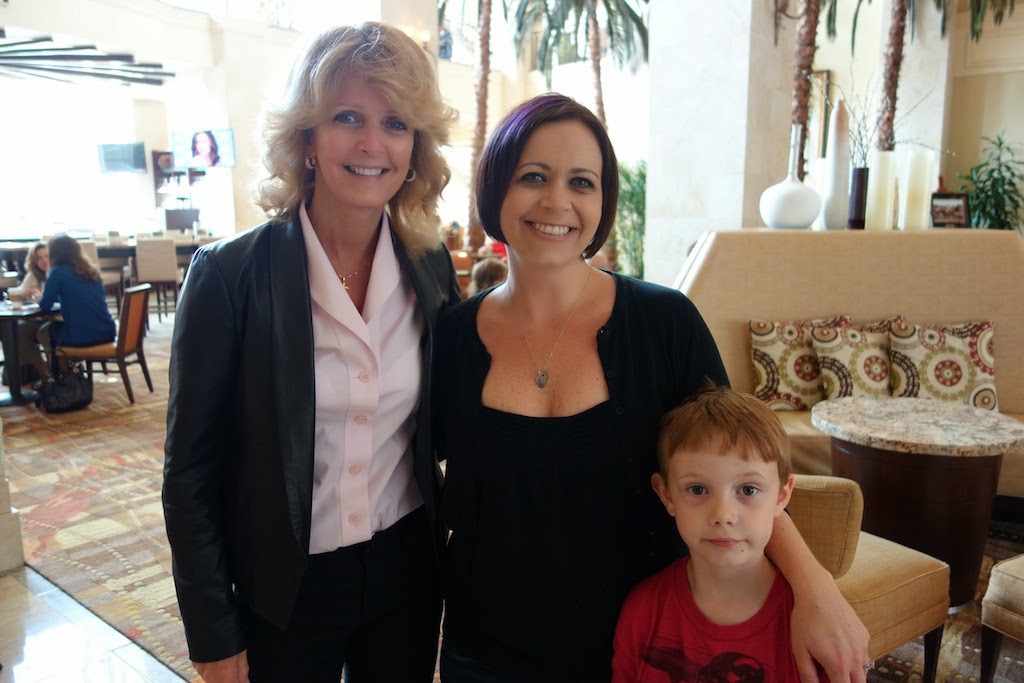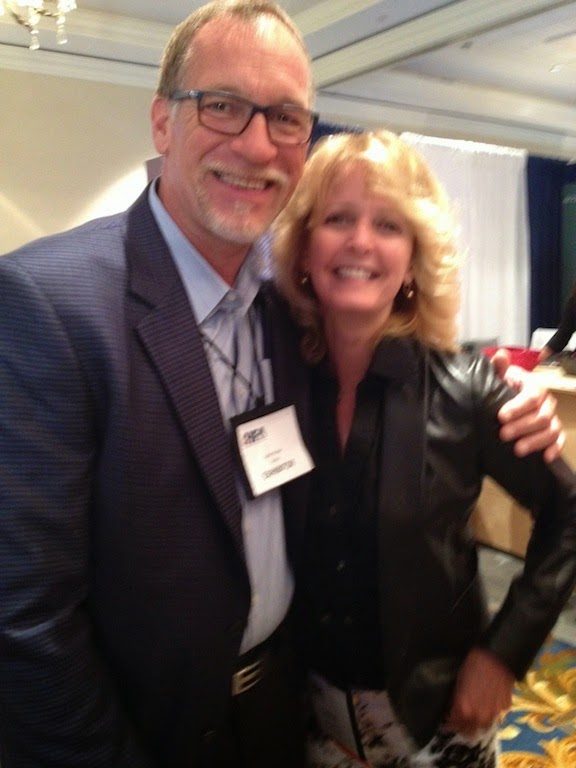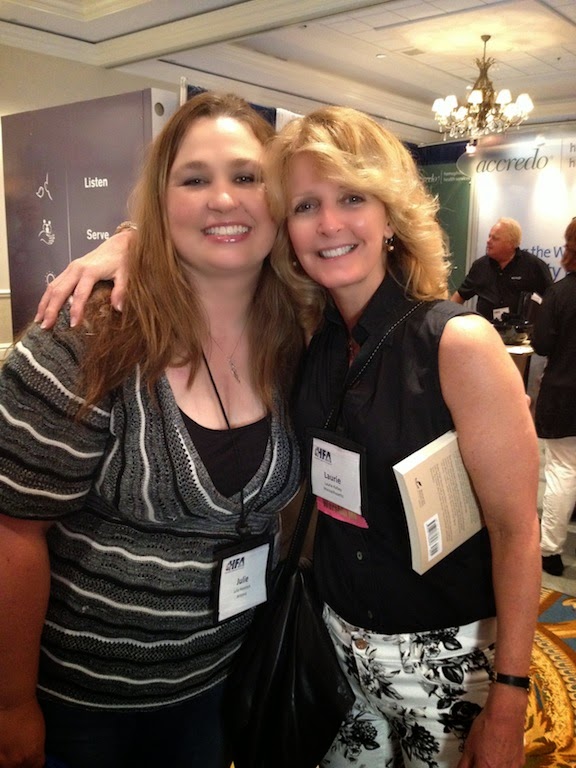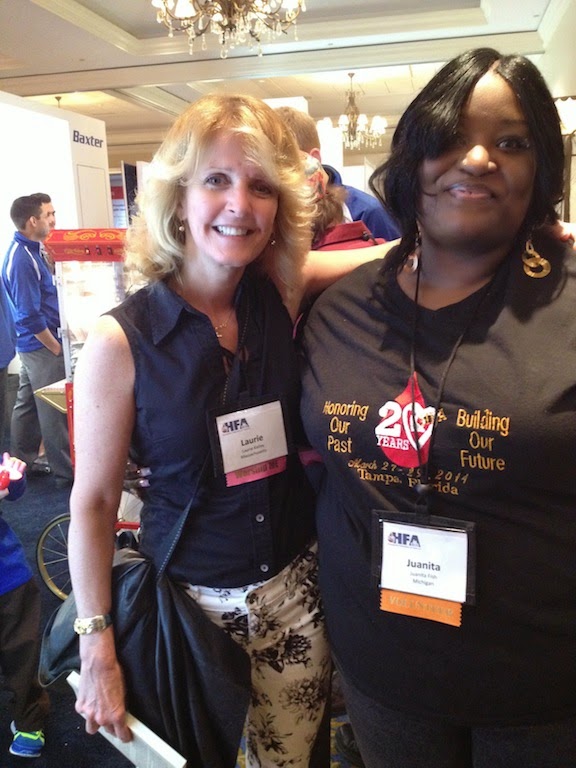A Source of Support and Strength
Trying
to “go it alone” is a noble and brave course in the face of adversity, but not
always an ideal one, especially if you have a bleeding disorder. There is a
huge community filled with caring people, knowledgeable professionals and
valuable resources to help you. This week’s blog shares the experience of
Casey, who realizes how much he needs the support of the community, especially
when it comes to selecting a product that he and his physician believe is right
for him and his body’s individual needs.
Indications
ALPROLIX is an injectable
medicine that is used to help control and prevent bleeding in people with
hemophilia B. Hemophilia B is also called congenital Factor IX
deficiency.
Your healthcare provider may
give you ALPROLIX when you have surgery.
Selected Important Safety Information
Do not use ALPROLIX if you
are allergic to ALPROLIX or any of the other ingredients in ALPROLIX.
Please see ALPROLIX.com for the Indications and Important SafetyInformation , as well as the full Prescribing Information.
 Growing
Growingup, I usually didn’t talk about my hemophilia B. I was the first person in my
family to have hemophilia; diagnosed in early childhood. At school, when I would
have bleeds, I remember thinking that none of the other kids did. Without a
mentor, I kept my emotions to myself, no matter how vulnerable I felt.
My
dad gave me my treatments 99% of the time. Always getting the vein on the first
stick. However, my mom was a nervous wreck. One time she had to give me a
treatment, she tried again and again with no luck. She was in tears. In that
moment, she became my motivation to learn how to self-treat. So at the age of
10, I began managing my own hemophilia infusions. It was a liberating feeling.
I wasn’t so vulnerable after all.
It
was one of my nurses who told me about ALPROLIX. After discussing the risks and
benefits with my doctor, he explained that the recommended starting prophy
regimens are either 50 IU/kg once weekly, or 100 IU/kg once every 10 days. And
that the dosing regimen can be adjusted based on individual response. No two
people with hemophilia are alike, so it made sense to me that medication could
work differently in everyone. I started on a 10-day schedule, but when I had my
labs taken, my doctor told me that I could extend my infusions to once every
two weeks. That really fits my busy schedule. Thinking back on my childhood, I
never believed infusing every 14 days would be possible.
I
didn’t start taking ALPROLIX just for myself. I was also thinking of my two
nephews who also have hemophilia. After seeing my experience and talking with
their doctors, they started on ALPROLIX, too. I try to help with my nephews
when I can. I’ve even occasionally been their caregiver and given them a couple
treatments. I make sure they know they have me to look up to if they need
advice.
Watching
my nephews grow up brings back so many memories of my own childhood. We have a
special connection because I understand some of the challenges they face. They
have an advantage I didn’t have growing up: a close family member who knows
what they’re going through. I can help my nephews in a way no one could help
me. My goal is to help them find confidence in themselves and encourage them to
have fun being kids.
I
hope that by sharing my experiences, I might encourage others to figure out
what they have learned from their own experiences and take control over their
choices.
Thank
you.
about whether ALPROLIX may be right for you.
purposes.



